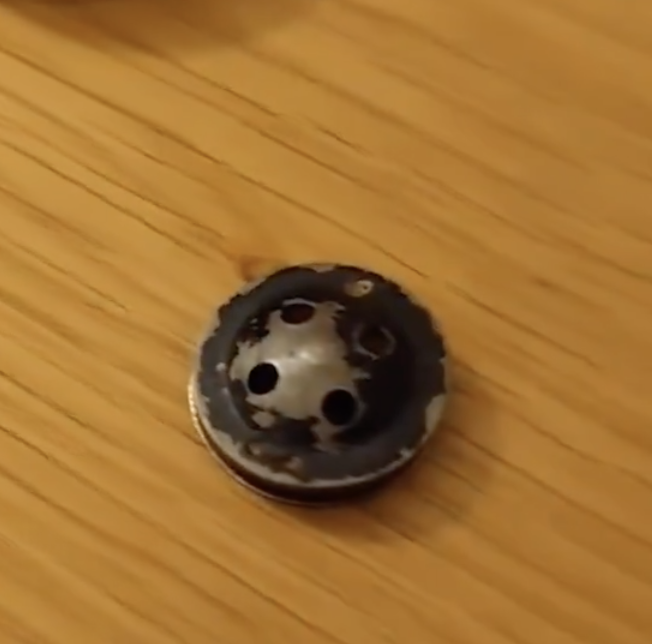During World War II, the RAF issued a variety of escape and evasion compasses to its pilots, paratroopers, commandos, and SOE agents as part of their survival kits. The compass buttons were one such clever invention that allowed the wearer to navigate their way to safety. The… pic.twitter.com/9uscI675Tv
— VisionaryVoid (@VisionaryVoid) April 11, 2024
During World War II, the RAF issued a variety of escape and evasion compasses to its pilots, paratroopers, commandos, and SOE agents as part of their survival kits. The compass buttons were one such clever invention that allowed the wearer to navigate their way to safety. The buttons were made of Bakelite and had a tiny needle in the middle that projected upwards. When balanced on the needle, the top button rotated in the earth’s magnetic field until the two radioluminescent dots indicated north. The single dot pointed south.
The RAF also issued a variety of other escape and evasion items to its pilots and aircrew, including silk maps, miniature compasses, and even a secret agent’s kit. The silk maps were printed on silk fabric, which was durable, lightweight, and could be easily concealed. The miniature compasses were small enough to be hidden in the lining of a jacket or a pair of boots. The secret agent’s kit included a variety of items such as a miniature camera, a collapsible canoe, and a radio transmitter.
The RAF’s escape and evasion compass buttons were not the only compass buttons produced during World War II. The US Army also issued a similar compass button to its soldiers. The US Army’s compass button was made of brass and had a small compass embedded in the center. The compass was surrounded by a rotating bezel that could be used to take bearings. The compass button was worn on the uniform and was designed to be used in case of emergency.
